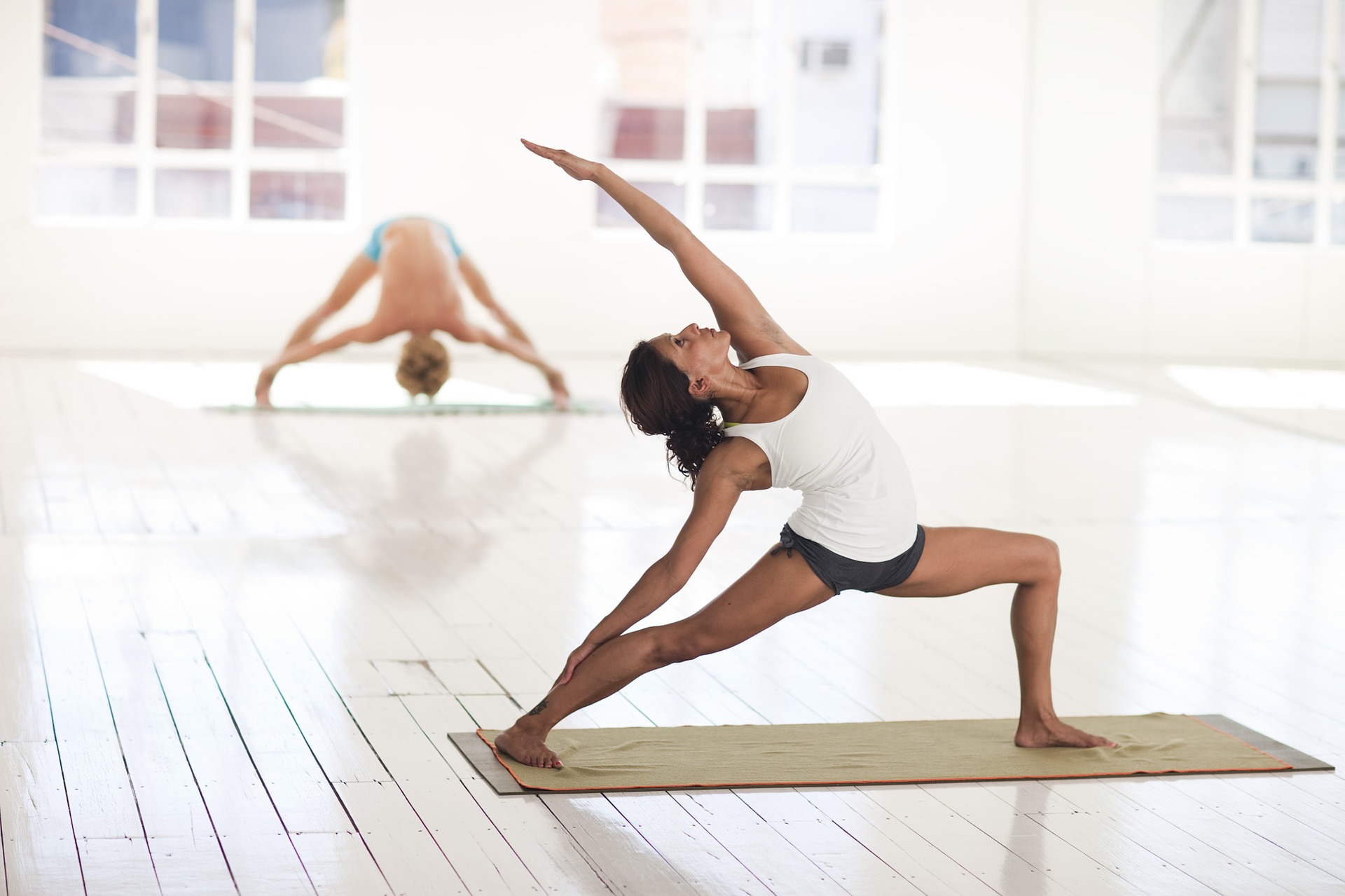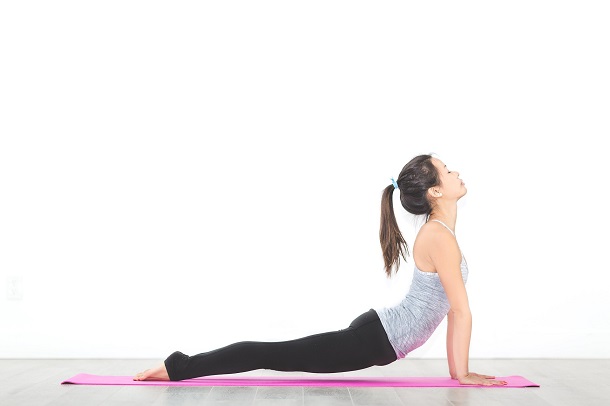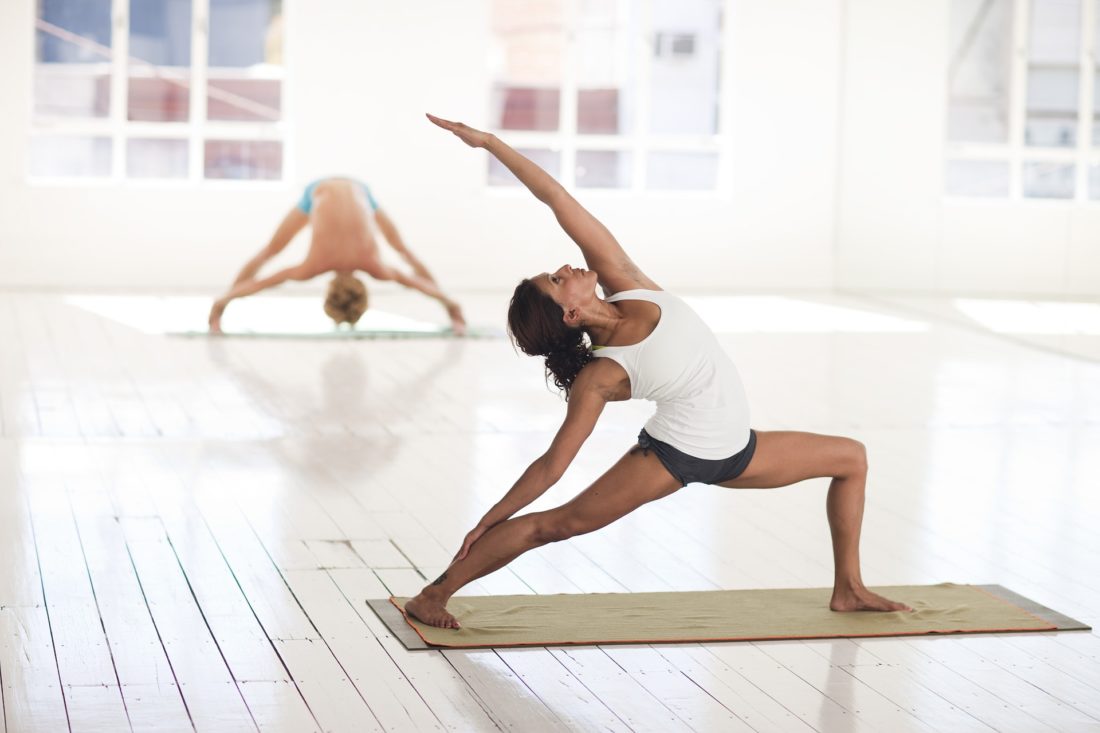Decided to take a break from the gym and do yoga at home? Before you begin an independent practice, make sure to review the following basic principles.
-
Training
Before embarking on independent practice, learn basic yoga postures along with the instructor. Group lessons evoke a sense of community and motivate in the initial stages. Also, instructors can correct you if you are doing something wrong.

-
Planning
Choose a quiet time to practice and place. For example, it is advisable to practice yoga in the morning when your mind is calm and receptive, or in the evening when your body gradually relaxes. Time of day does not matter, the main thing – to adhere strictly to the selected schedule.
-
Equipment
All you need for yoga – this mat, comfortable clothing and no shoes. Towels and belts you may need at a later stage, and in the beginning to focus on learning the basics.
-
Warm-up
It is important to always start with a warm-up exercise; it will prepare your body for more challenging poses, the implementation of which requires more strength and balance. The warm-up should take 5-10 minutes, but in this case, it is much more important to observe the sensations in the body than watching the clock.
-
Gradualness
At the beginning of one o’clock independent practice of yoga can seem overwhelming to you like an eternity. Simplify the task if you want to move on. Start with a few poses that you already know and are doing well. When finished, lie on your back, legs apart, relax your hands and put them on the sides of the body, palms up. Stay in this position for five minutes. Make changes to a set of exercises every two weeks, gradually add new positions and gradually increase the duration of the exercise. Observe the sensations in the body.

-
Breath
The most important part of yoga is pranayama, or breath control. Breathing exercises are a variety of purposes – the restoration of stored energy, relaxation of the body, or switching from one pose to another. First, take a breath, filling the air consistently abdomen, chest, and lungs, then exhale in reverse order. Take your time, breathe quietly, breathe in and out should be equal in duration.
-
Leg muscles
Since strong legs – the key to the successful implementation of many yoga poses, the independent practice should start with exercises to develop the muscles of the legs. Please follow the standing postures, then turns, then leaned forward and finally tilted back. This sequence of exercises will allow you to prepare your arms, shoulders, and spine to a more intense poses.
-
Watch and listen
Yoga classes at home give you the opportunity to notice how your body reacts to exercise and mind, and thus to develop a truly individual approach to yoga. Tune to the sensations that occur in your body during class, and pay attention to what instructions you give to yourself – how much attention you pay to breathing, posture, and intensity.
-
Do not strain
Leave a difficult pose for the classroom, where you can run them under the supervision of an instructor. For example, if improperly performed a headstand can cause serious damage to the neck and shoulders. This exercise is not recommended in the absence of the required experience.

-
The importance of hitches
With limited time, you may be tempted to neglect the hitch. Do not do it. Always finish the exercise recumbent posture, even for a few minutes.
About the Author: Carol James is an EssayLab psychology department writer and senior editor. She has MA degree in social sciences and is an excellent specialist in this field. Carol works with numerous materials on the subject and is eager to share her knowledge with our readers.
Image credit: https://uk.ryderwear.com
